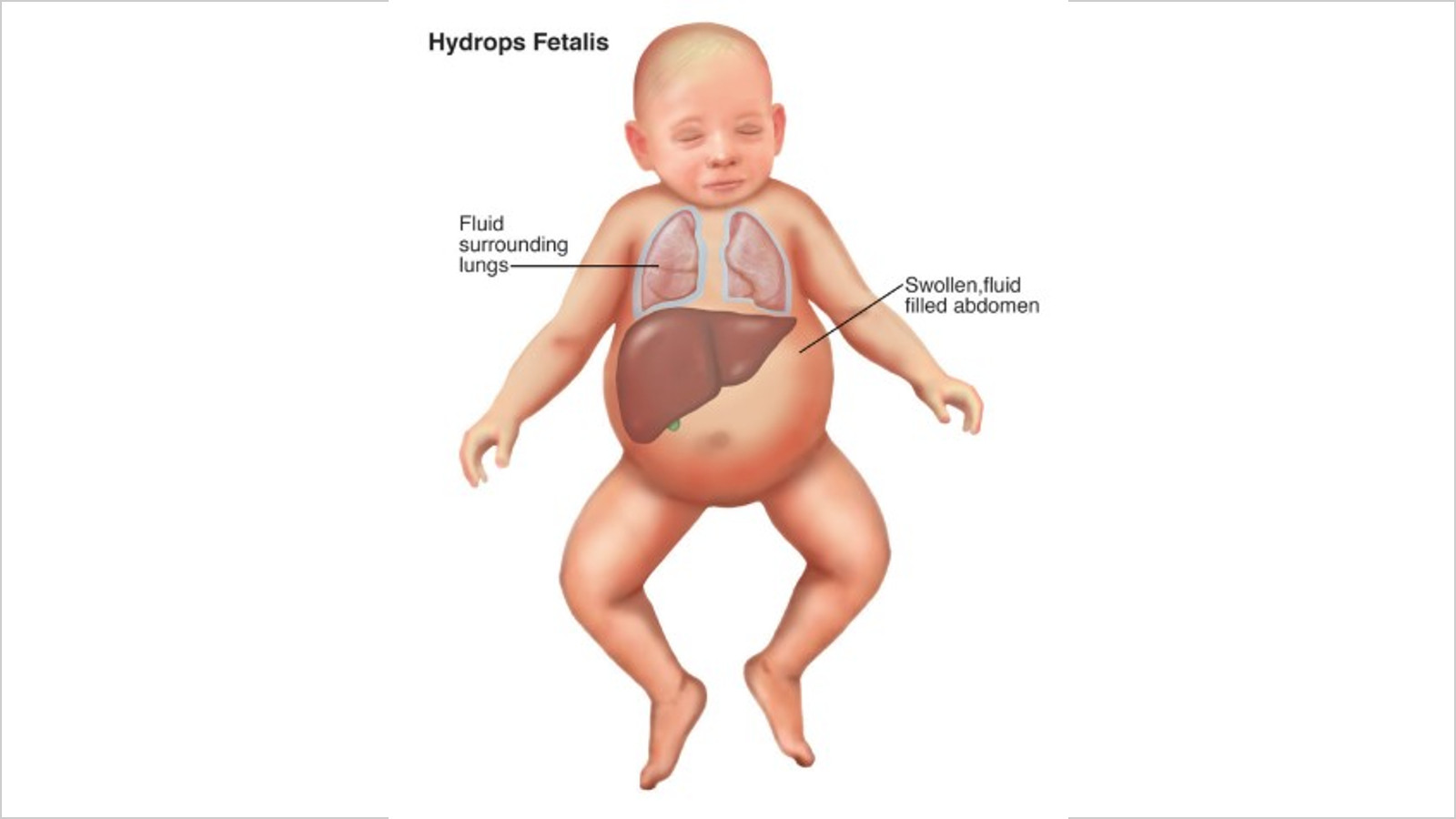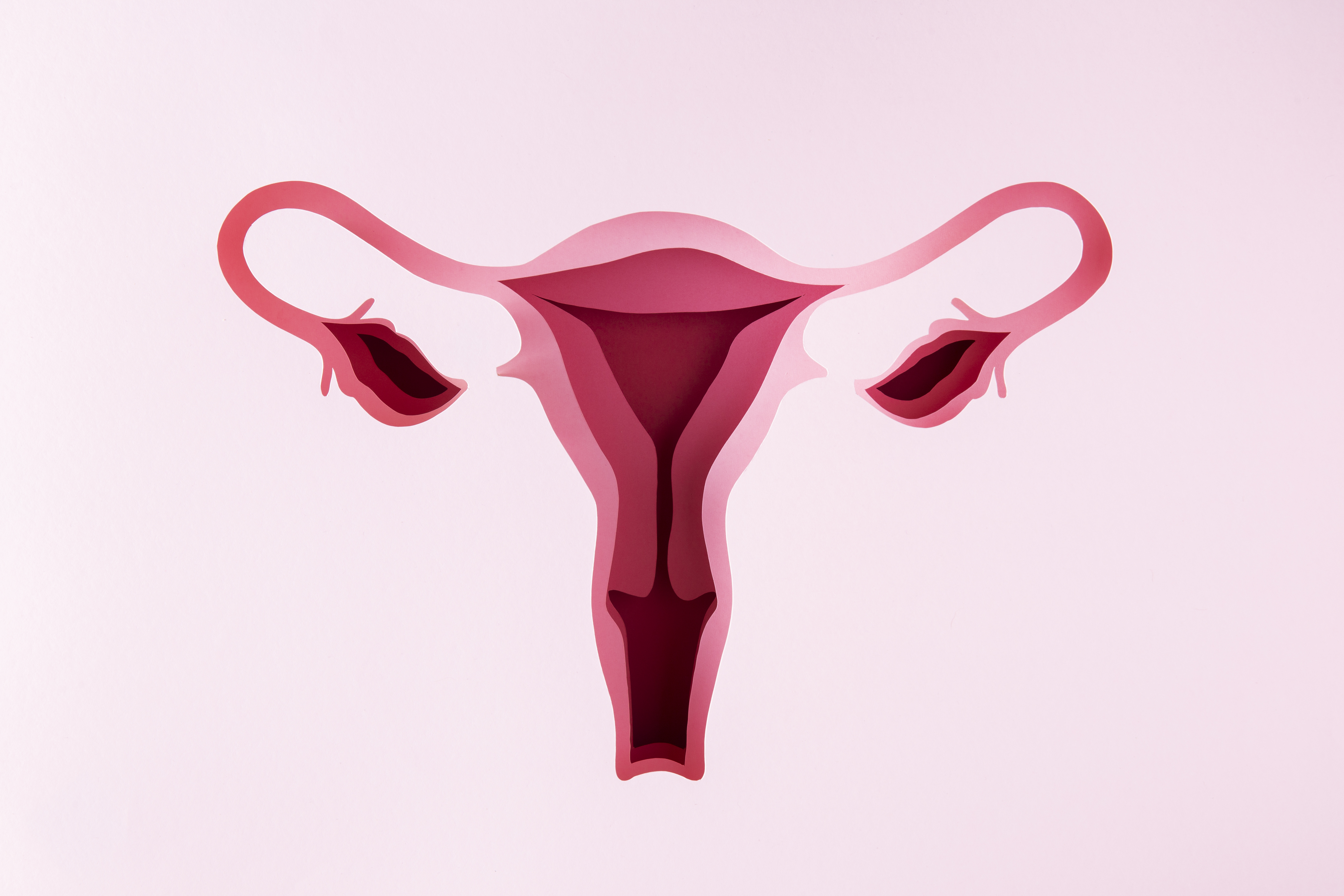Definition
Stillbirth is the death of a fetus after 20 weeks of pregnancy. The majority of stillbirth cases have no known cause. However, stillbirth can be caused by problems with the placenta, high blood pressure, infections, fetal defects, or lifestyle factors.
In stillbirth cases, the fetus may die several weeks or moments before delivery. Rarely, a stillbirth occurs during labor. Stillbirth cases can be categorized as:
- Early stillbirth: The fetus dies between 20 and 27 weeks of pregnancy.
- Late stillbirth: The fetus dies between 28 and 36 weeks of pregnancy.
- Term stillbirth: The fetus dies at 37 weeks or later.
According to WHO data, approximately 2 million stillbirths occur each year. The definition of stillbirth can vary by country. In Indonesia, stillbirth refers to fetal death after 20 weeks of pregnancy. The difference between stillbirth and miscarriage is that miscarriage occurs before 20 weeks of pregnancy.
Read more: Miscarriage (Abortus) - Definition, Cause, Symptom, And Treatment
Causes
Identifying the cause of stillbirth is crucial for healthcare providers to help parents through the grieving process. Although most causes are unknown, the most common causes of stillbirth include:
- Problems with the placenta and/or umbilical cord
- Preeclampsia
- Systemic lupus erythematosus
- Blood clotting disorders
- Maternal health conditions such as diabetes, heart disease, thyroid disease, or viral and bacterial infections
- Lifestyle factors like smoking, drug use, and alcohol consumption
- Fetal defects detected through ultrasound
- Injury
- Intrahepatic cholestasis of pregnancy (ICP)
For further information regarding preeclampsia, you may read it here: Preeclampsia - Definition, Cause, Symptom, And Treatment
Risk Factor
Stillbirth can occur in pregnant women of any age, background, or ethnicity. The risk factors for stillbirth include:
- Smoking, alcohol consumption, and drug abuse
- Age over 35 years
- Lack of regular prenatal check-ups
- Nutritional deficiencies
- African descent
- Multiple pregnancies (twins or more)
- Pre-existing health conditions
- Obesity (BMI over 30)
- Intrauterine Growth Restriction (IUGR)
Symptoms
The symptoms of stillbirth can be detected during pregnancy and include:
- The cessation of fetal movements and kicks
- Vaginal bleeding or spotting
- Absence of fetal heartbeat detected via stethoscope or Doppler device
- No fetal movements or heartbeat visible on ultrasound after 20 weeks of pregnancy, confirming the diagnosis of stillbirth
Diagnosis
The diagnosis of stillbirth is made by an obstetrician through medical history, physical examination, and diagnostic tests.
Medical Interview
A medical interview is a question-and-answer session between a doctor and a patient. The doctor will ask about the:
- Current symptoms
- Previous pregnancies and deliveries
- Past medical history
- Family medical history
Physical Examination
Next, the doctor will perform a general and specific physical examination. During a general physical examination, the doctor will check your height, weight, blood pressure, respiratory rate, pulse, and body temperature. During the specific physical examination, it includes checking the height of the uterine fundus and palpating the abdomen to estimate the fetus's position.
Additional Examination
To confirm a stillbirth diagnosis, the doctor will perform an ultrasound to check for the presence of a fetal heartbeat.
A mother may suspect stillbirth if she does not feel the usual fetal movements or kicks. If this occurs, she should immediately go to the emergency room for an ultrasound examination to confirm the diagnosis.
Additionally, the doctor may conduct several tests to determine the cause of stillbirth, including blood tests, tests on the umbilical cord, membranes, and placenta, tests for infections, thyroid function tests, and genetic testing.
- Blood analysis
Blood tests may indicate if you have diabetes, cholestasis, or preeclampsia during pregnancy.
- Examination of the placenta, membranes, and umbilical cord
Due to their attachment to your fetus, these tissues may be abnormal, which can reduce the fetus's intake of oxygen, blood, and nutrients and increase the risk of stillbirth and death.
- Test for infections
If there is an awareness of an infection in the mother, the doctor may also perform tests, such as taking blood, urine, or cells from the cervix or vagina.
- Thyroid function examination
This test can determine whether the thyroid gland is abnormal.
- Genetic examination
This helps determine whether the fetus has genetic issues like Down syndrome. Medical professionals may take a small sample from the umbilical cord. In addition, they will review medical records and environmental factors that may affect the risk of stillbirth.
If necessary, a fetal autopsy can be performed to determine the cause of death. An autopsy is a surgical procedure that assesses internal organs. An autopsy can be performed on babies who die within 24 hours of undergoing a surgical procedure.
To learn more about cholestasis, click this link: Cholestatis Intrahepatis In Pregnancy - Definition, Cause, Symptoms, And Treatment
Management
There are three treatment options for managing stillbirth:
- Induced labor
- Natural delivery
- Cesarean section
Induced labor is a common treatment for stillbirths. This delivery is particularly essential if you have preeclampsia, a serious infection, a ruptured amniotic sac, or blood clotting disorders. The induction procedure can involve inserting tablet medication into the vagina, inserting gel into the vagina, oral tablets, intravenous medication, and inserting a catheter to dilate the cervix.
The second option is natural childbirth. Waiting for natural delivery is an option, but the risk of the fetus deteriorating is higher, so it must be evacuated as soon as possible.
The final option is a caesarean section, which is not as safe as induced or natural delivery.
Complications
Complications from stillbirth include:
- Shoulder dystocia
- Chorioamnionitis
- Postpartum hemorrhage
- Retained placenta
Mental health issues such as anxiety and depression, which can occur as the mother copes with grief. Moral support from the surrounding environment is essential to reduce the risk of these complications.
Read more: Korioamnionitis - Definition, Cause, Symptom, And Treatment
Prevention
Not all stillbirth cases can be prevented, but some measures to reduce the risk include:
- Stop smoking
- Avoiding alcohol and drug abuse during pregnancy
- Avoiding sleeping on your back after 28 weeks of pregnancy
- Attending all prenatal check-ups
- Taking folic acid before pregnancy and completing recommended vaccinations during pregnancy
- Limiting caffeine intake
- Regularly counting fetal kicks
- Avoiding certain foods like undercooked food
- Seeing a doctor immediately if experiencing severe abdominal pain, spotting, or bleeding
- Regular check-ups, including urine and blood pressure tests
When to See a Doctor?
Immediately see a doctor if you notice decreased fetal movements, spotting, or bleeding. Visit the emergency room for an ultrasound examination. The ER doctor will consult with an obstetrician for further action.
Looking for more information about other diseases? Click here!
- dr. Monica Salim
Centers for Disease Control and Prevention (CDC) - What is stillbirth? (2022). Retrieved 27 january 2023, from https://www.cdc.gov/ncbddd/stillbirth/facts.html
Cleveland Clinic - Stillbirth (2020). Retrieved 27 January 2023, from https://my.clevelandclinic.org/health/diseases/9685-stillbirth
National Healthcare System (NHS) - Stillbirth (2021). Retrieved 27 January 2023, from https://www.nhs.uk/conditions/stillbirth/
World Health Organization (WHO) - Stillbirth (2020). Retrieved 27 January 2023, from https://www.who.int/health-topics/stillbirth#tab=tab_1











